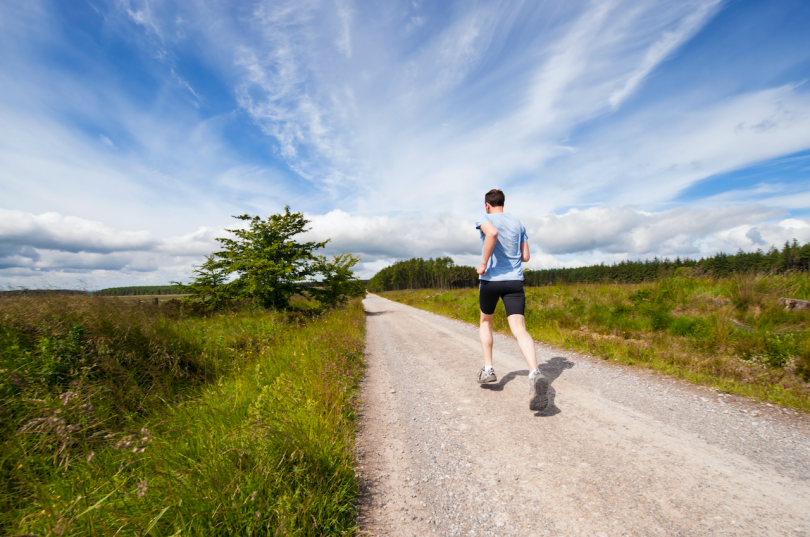If you work out regularly, you have likely experienced a “runner’s high”–that feeling of euphoria combined with reduced anxiety and pain. Although this is an amazing benefit of many forms of exercise, you may be surprised to learn that your endocannabinoid system (ECS) is one of the main pathways at work supporting this mood-enhancing effect.
In short, the ECS is a biological system that regulates a number of functions including mood, appetite, pain, and more. Beyond exogenous cannabinoids found in cannabis, your body has its own endogenous cannabinoids called endocannabinoids.
Similarly to cannabinoids like cannabidiol (CBD) and tetrahydrocannabinol (THC), endocannabinoids bind to and activate cannabinoid receptor sites (proteins) found throughout your body, which offer protection from illness, injury, and stress, thus keeping you healthy and happy. No matter the task, the goal of your ECS is always the same: to keep your body in a balanced state, which is also known as homeostasis.
So, how does this all tie in with exercise?
For a long time, the scientific community believed that the phenomenon of the “runner’s high” had everything to with the increased endorphins, the molecules that release mood-enhancing chemicals that resemble synthetic opiates and work as analgesics to create feelings of well-being. But, this is not the case.
While endorphins levels do indeed spike following physical activity, current research has found that this has little to do with your post-workout buzz. In fact, researchers discovered that endocannabinoids such as anandamide are actually responsible for producing this pleasant experience that comes on as a result of physical activity–well, in pre-clinical models at least.[1] Luckily, we have more evidence that this also works in humans.
Another study found that running on a treadmill or using a stationary bike increased anandamide levels in the blood following 50 minutes of exercise.[2] This evidence is particularly interesting given that many athletes boost these effects by taking CBD to both recover from exercise as well as to treat injuries.
As we learn more and more about the ECS, we are finding that it is involved in so many different processes in the body, opening up greater potential for the use of cannabinoids to treat so many different conditions.
Image Credit: Jenny Hill
Image Source: https://unsplash.com/photos/mQVWb7kUoOE
References
- Fuss J, et al. A runner’s high depends on cannabinoid receptors in mice. Proc Natl Acad Ski U S A. 2015; 112(42): 13105-13108.
- Dietrich A & McDaniel WF. Endocannabinoids and exercise. British Journal of Sports Medicine 2004;38:536-541.










